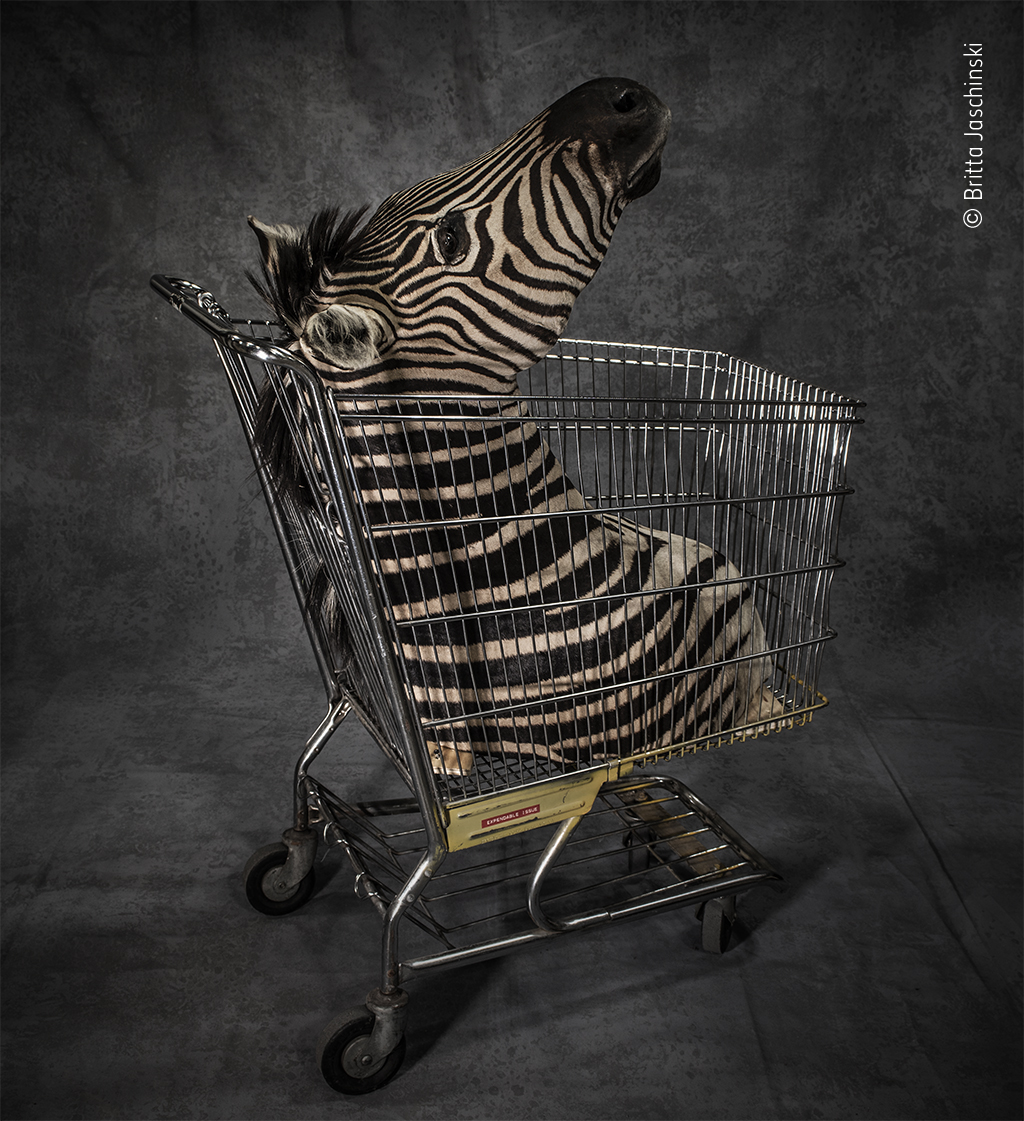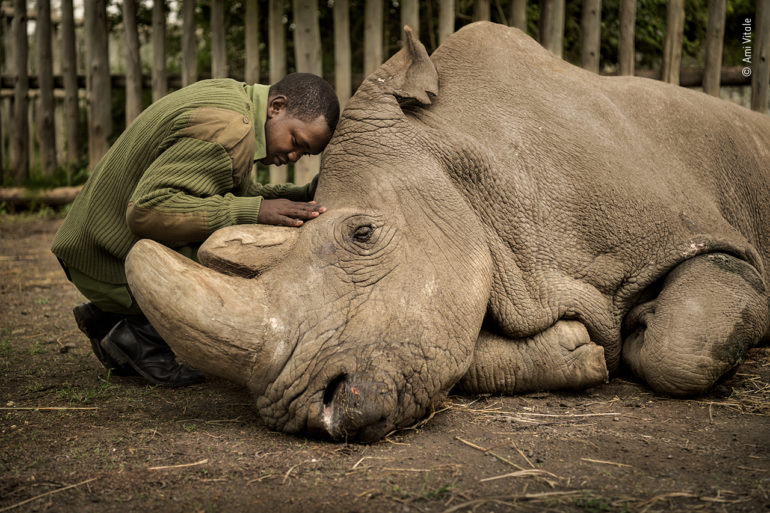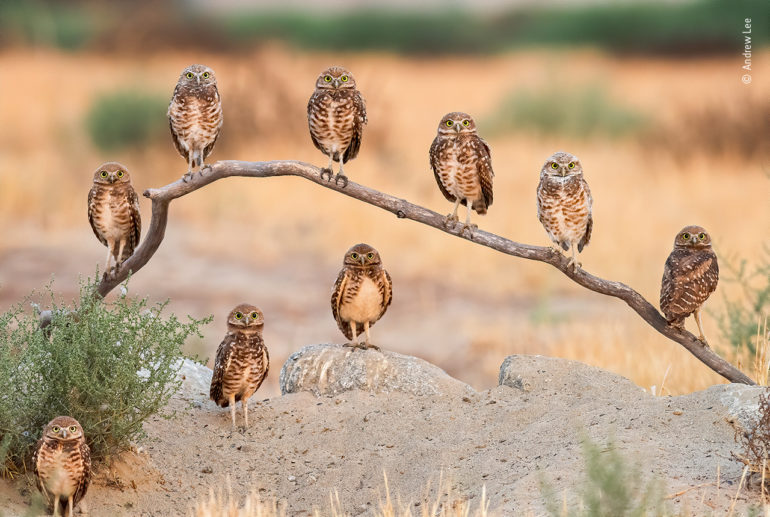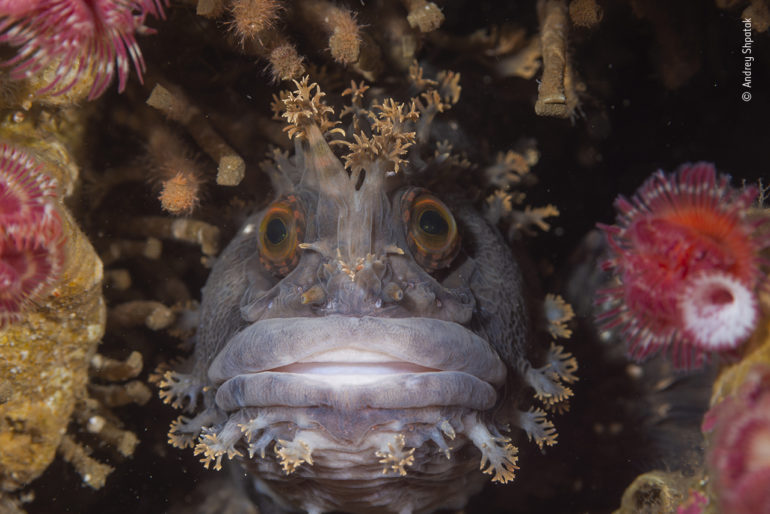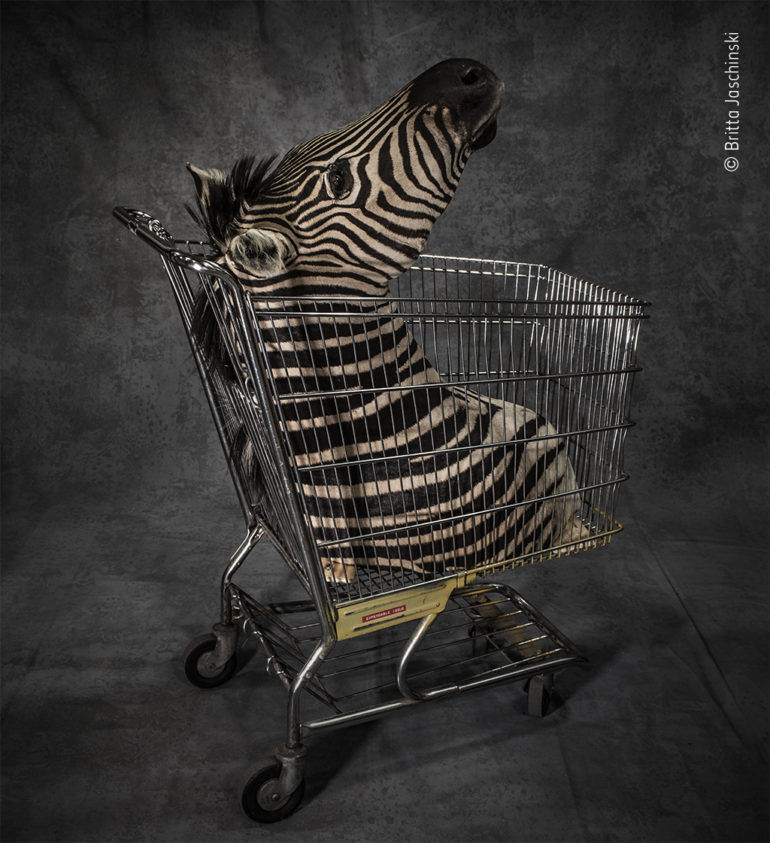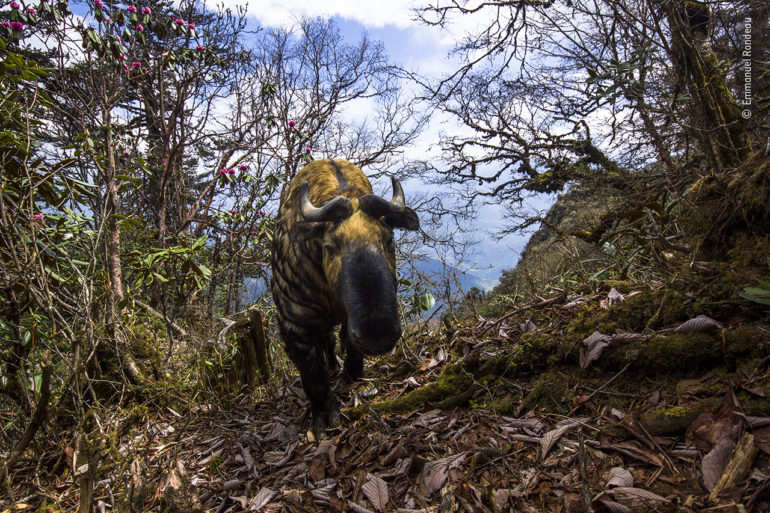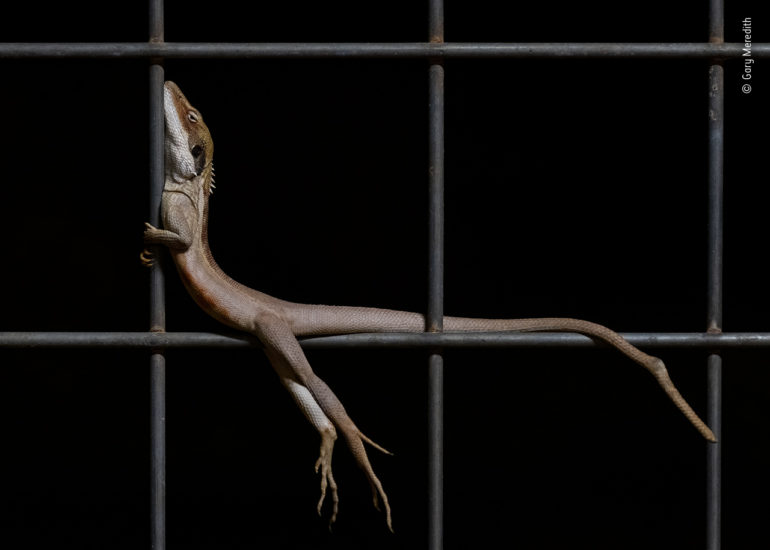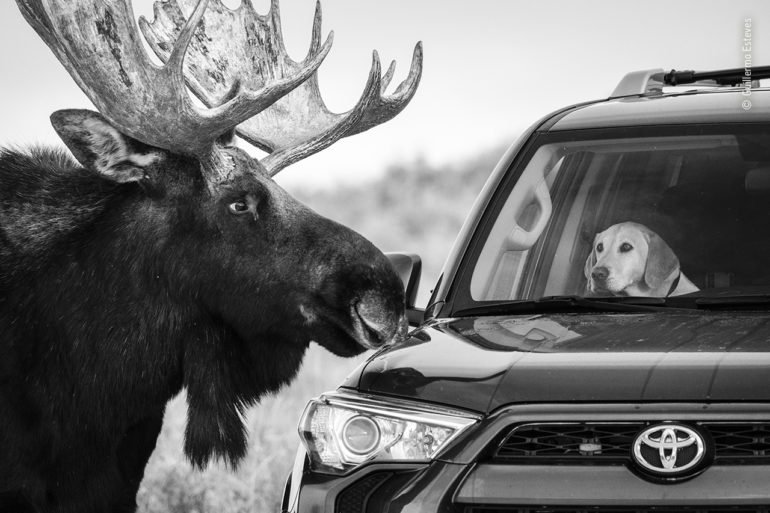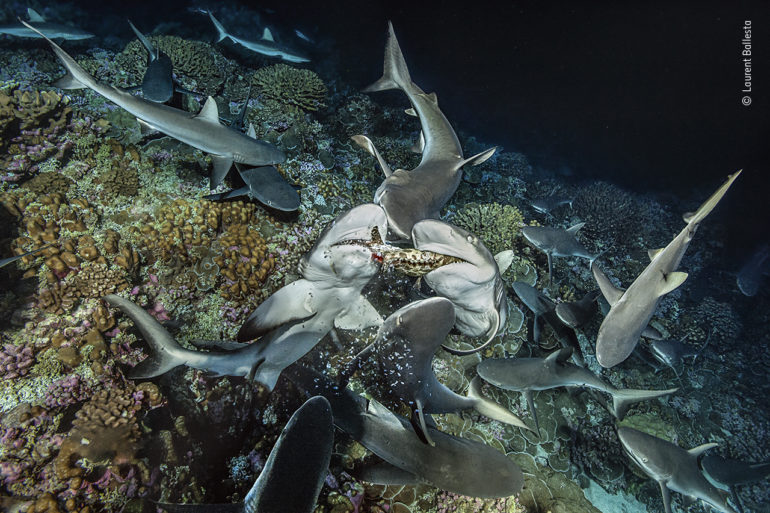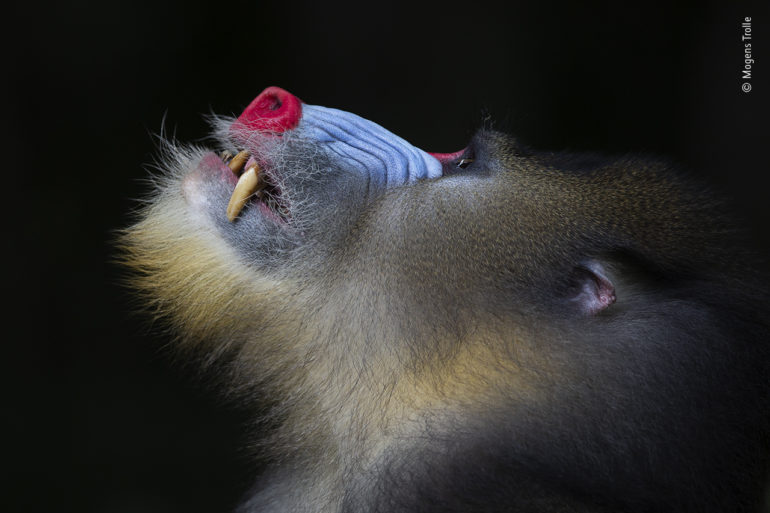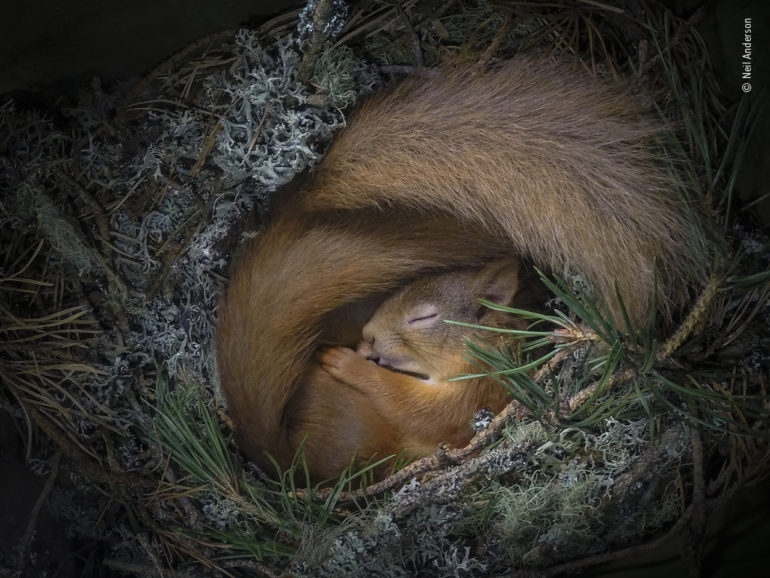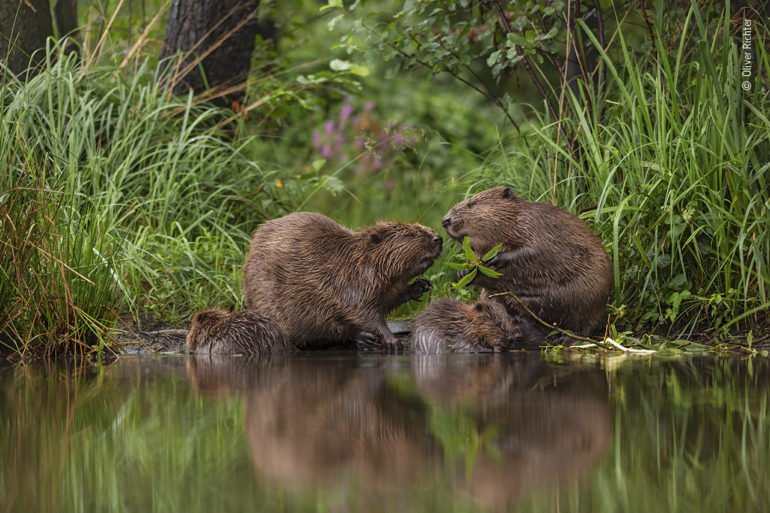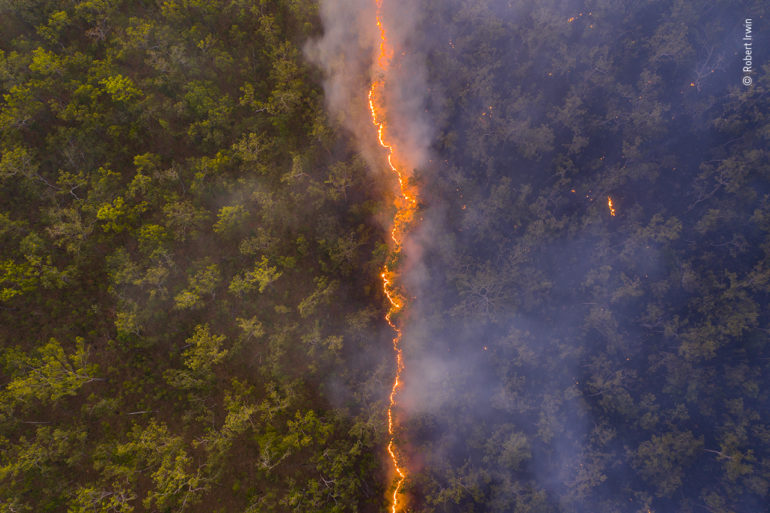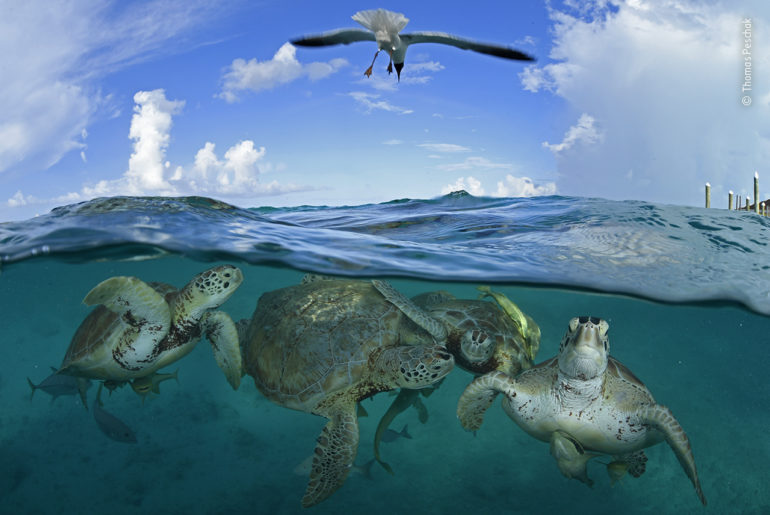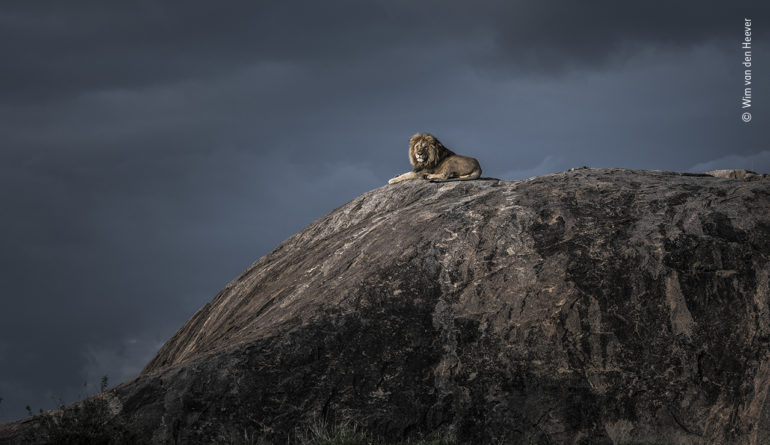Last Updated on 12/01/2020 by Chris Gampat
We’re streaming daily on Apple Podcasts, Google Podcasts, Stitcher, Pocket Casts, and Spotify!
With the Wildlife Photographer of the Year Awards 2020 happening, we got a look at the wonderful photos that have been shortlisted. The photographers are of course, of the famous kind. What’s more, they use a variety of different gear. And we were just as surprised as many of you will be at what’s being used. Let’s take a look!
There’s a lot of cool info about the gear that’s used. By and large, DSLRs from Nikon and Canon dominate. But a few mirrorless camera options from Fujifilm and Sony make it in. It makes me wonder if Wildlife photographers don’t think that the newest mirrorless cameras are there yet for wildlife photography. Indeed, mirrorless has taken steps forward. Of course, don’t at all discount the skill of these photographers. I’m sure they could get the shot with anything they used. But it’s also nice to see that camera gear is so good that someone doesn’t need the latest and greatest. Lots of folks don’t remember that. However, it’s also fun to just look at the gear these folks used. So here are my thoughts!
Ami Vitale / Wildlife Photographer of the Year
Ami has been a Nikon ambassador for a while now. She used the Nikon D850 along with the company’s 24-70mm f2.8 lens to nail this shot. She’s incredibly well known for this image. And it’s a natural candid for the Wildlife Photographer of the Year shortlist.
Andrew Lee / Wildlife Photographer of the Year
Andrew used the Nikon D810 with a 300mm f2.8 lens to get this photo. It’s wonderful how nature finds a way to create compositions. And these owls are just the icing on the cake here.
Andrey Shpatak / Wildlife Photographer of the Year
To get this photo, Andrew used a Nikon D800 with a flash. The focal length in the EXIF data says this is a 60mm lens. This fish almost looks like it’s smiling at you and has the craziest hair ever.
Andy Parkinson / Wildlife Photographer of the Year
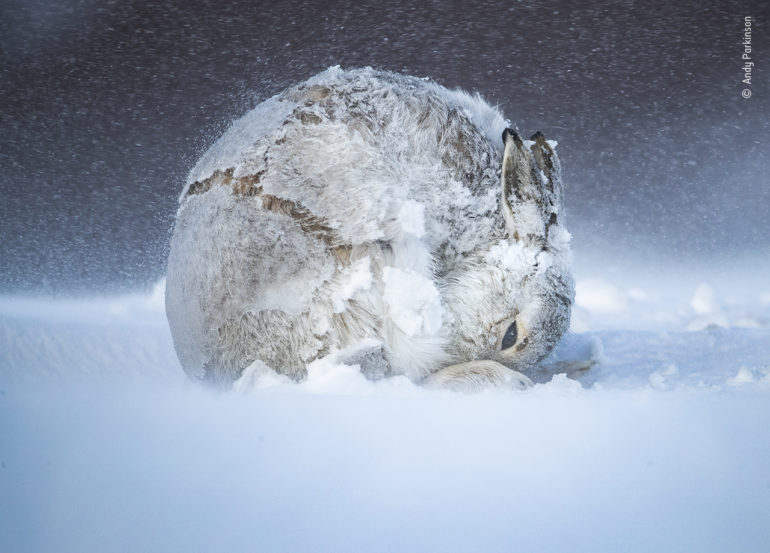
A confiding adult, high in the Cairngorms mountains, forms the shape of a ball as it grooms
Cairngorms National Park, Scotland, UK
Andy used a Canon 1Dx Mk II to shoot this image. The lens focal length in the data says that it’s a 506mm lens. The photo is stunning. And he apparently didn’t use a flash! Getting something this perfectly in focus in the wild is very difficult to do. The lack of contrast in the scene and really mess with the cameras.
Britta Jaschinski / Wildlife Photographer of the Year
Britta used a Nikon D810 with a 24-70mm f2.8. No flash was fired according to the EXIF data. What a shot! And what a statement on poached animals!
Douglas Gimesy / Wildlife Photographer of the Year
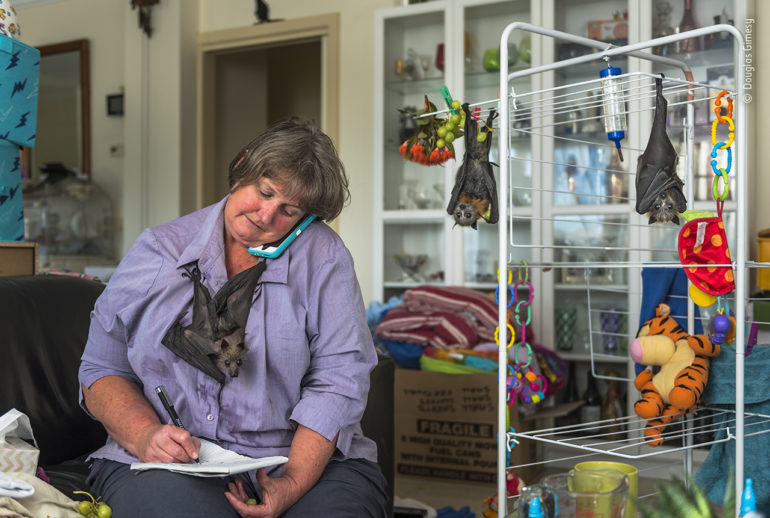
This species is currently listed as vulnerable to extinction and significant threats include continued habitat destruction and increasing heat stress events.
Digital adjustments include tone and contrast, burning, dodging, cropping, sharpening, noise reduction.
Doug used a Nikon D750 and a 24-70mm f2.8 lens. This is a very wild photo of the bats just hanging around.
Emmanuel Rondeau / Wildlife Photographer of the Year
A Canon EOS 550D was used to shoot this photo. Amazing, huh? An entry level DSLR did this! Of course, Emmanuel’s skill should also not be discounted at all. The striking yellow tones against the green and blue make the Takin stand out quite a bit.
Frédéric Larrey / Wildlife Photographer of the Year
This photo was shot with a Nikon D850 and a 600mm f4 lens. It’s a cool shot for sure. Admittedly, it took me a while to figure out that it was a snow leopard of some sort. My only critique is that I wish the color palette wasn’t all so monotone. This photo could make for an incredibly strong black and white image.
Gary Meredith / Wildlife Photographer of the Year
Gary used a Nikon D850 and a lens I haven’t seen in a while. The EXIF data says it’s an 80-400mm f4.5-5.6 lens. No flash was used.
Guillermo Esteves / Wildlife Photographer of the Year
This photo has a lot of charm to it! Something about the moose reminds me of Bullwinkle! This was shot with the Fujifilm X-T3. The focal length says 400mm.
Joseph Dominick Anthony / Wildlife Photographer of the Year
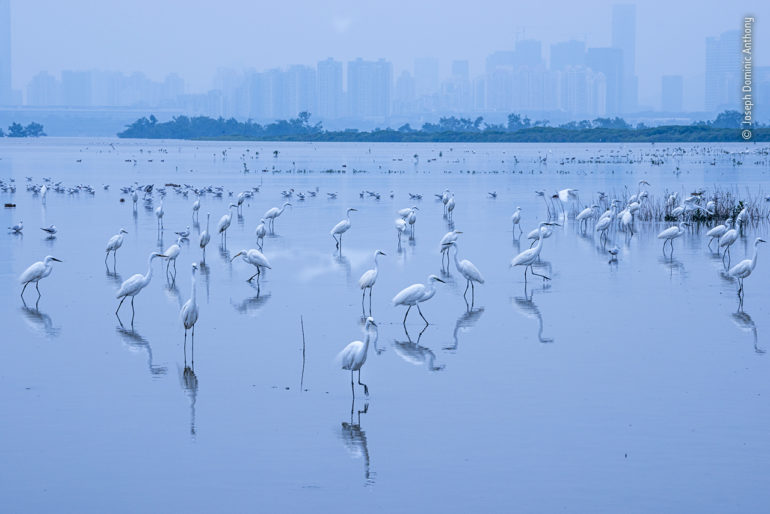
There’s no info in the EXIF data on what Joseph shot with except that it’s a 70-200mm f2.8. He purposely chose this look and says that the scene was pretty monochrome anyway. I just wonder what a warmer and more purple render would have looked like.
Karine Aiger / Wildlife Photographer of the Year

Karine used a Sony a7r III and the Sony 16-70mm f4 ZA OSS lens. This lens is meant for APS-C shooting. But the a7r III has over 40MP and with a crop it can provide a ton of detail.
Kirsten Luce / Wildlife Photographer of the Year
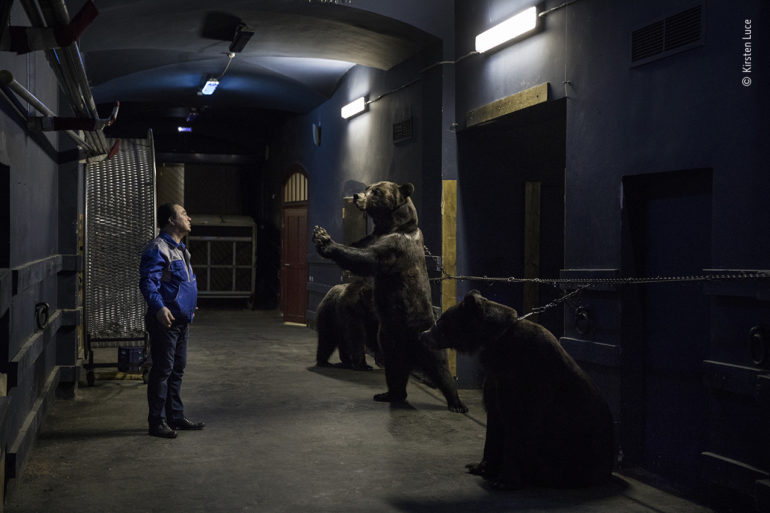
The animals rehearse in the performance space at the circus, they will perform later in the evening.
Here Ibragimov interacts with the bears in the hallway after rehearsal.
Ibragimov has a fourth animal who is retired but who still comes to rehearsal to get exercise.
Kirsten used the Canon 5D Mk IV and the 24-70mm f2.8 L II USM. It almost looks like they want to fight Grant.
Laurent Ballesta / Wildlife Photographer of the Year
There’s no EXIF data on this shot. But it’s a thrilling one anyway. I mean, how often do you see two sharks fighting over meat?
Mogens Trolle / Wildlife Photographer of the Year
A Canon 1DX with a 400mm f2.8 L IS USM was used to get this shot. It’s such a beautiful one too! The Mandrill standing out against the scene is just stunning.
Niel Anderson / Wildlife Photographer of the Year
Niel shot this with a GoPro HERO3+ Black Edition. It’s probably the smallest sensor camera on this list. But it’s also a fantastic shot. How often do you see squirrels asleep?
Oliver Richter / Wildlife Photographer of the Year
The Canon 5D Mk III and the 70-200mm f2.8 L IS II USM was used to photograph these beavers. Oliver had to get close to take this shot. And I’m insanely jealous. It’s a beautiful photo.
Pallavi Prasad Laveti / Wildlife Photographer of the Year
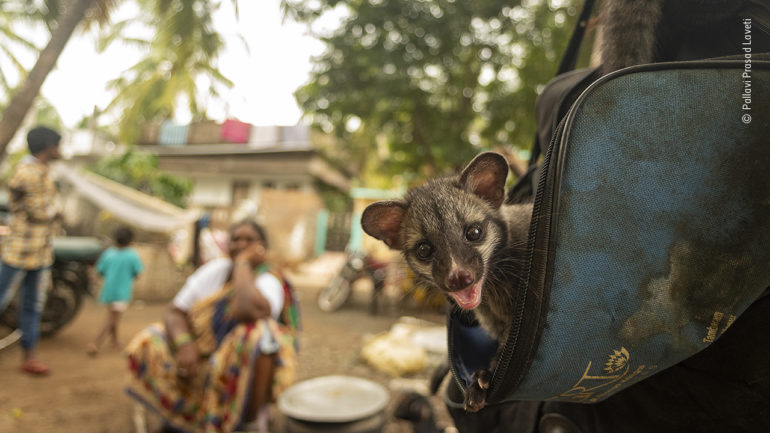
The Nikon D500 and a 16mm f2.8 lens were used to shoot this image. That’s a camera I haven’t seen or heard of in a while. But it’s still a fantastic one. We rated it very highly. The story behind the civets is a fascinating one that explains why Pallavi was able to get so close.
Petri Pietiläinen / Wildlife Photographer of the Year
The Sony a9 and the 100-400mm 4.5-5.6 GM OSS were used along with a 1.4x teleconverter to get this shot. The drama of this shot is pretty huge. And the two animals stand out from the rocks very well.
Robert Irwin / Wildlife Photographer of the Year
The Hasselblad L1D-20C is the only medium format camera used on this list. And what a shot! It shows the effects of a forest fire! Editor’s Note: this is incorrect. It’s the sensor in the DJI Mavic 2 pro. We apologize for this.
Sam Sloss / Wildlife Photographer of the Year
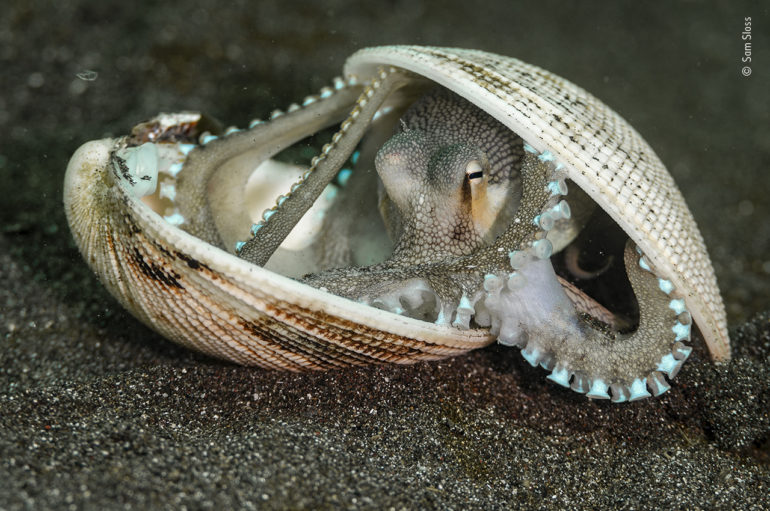
My dive guide spotted this coconut octopus walking around the black sand of the Lembeh Strait carrying its house made of shells. It was so entertaining and ingenious, I could have watched it for my whole dive. I gracefully descended to its level, positioned my camera, and snapped a series of shots. Among all of the images I took, I find this to be my favorite as it seems the octopus was trying to shut its front door right in front of my lens!
One of the most remarkable behaviors of the coconut octopus is how it can constructs its own protective shelter using shells and other objects.They can build homes out of shells, coconuts, and even glass bottles!
When talking about gear, Sam is tugging at my heart. He used a Nikon D300, a flash, and a 105mm f2.8 lens. That camera is pretty much a decade old. This photo was shot in 2018, and it’s a lovely image that we can all relate to at times.
Sergio Marijuán Campuzano / Wildlife Photographer of the Year

I feel extremely privilege to have the opportunity of see the first steps in the exteriors of these lynxes lair. His first explorations were full of curiosity and some fear outside, peeking out the window of his home. Location: Eastern Sierra Morena (Spain).

Last year a total of 29 lynx were run over, just 3 days before I took this photo a young 2 years female lost his life on the road only few kilometers from this underground path.
Underground path are a necessary measure and help not only lynx but also badgers, genets, ferrets etc. Actually, in the area where this photo was taken, the construction of new wildlife passes, improving in the fencing and clearing of the borders reduced the mortality in this area from 7 individuals last year to 1.
Location: Jaén (Andujar).
Sergio has both of the images above. For each of them, he used a Canon 5D Mk IV. A 400mm f2.8 L IS II USM lens and a 16-35mm f2.8 L II USM lens were used to shoot these photos. There’s quite a warm palette around them. But the scenes are photographed pretty well and tell us exactly where we are.
Thomas Peschak / Wildlife Photographer of the Year
The Nikon D5 and the 15mm f2.8 were used to shoot this image. It’s nice to see photos where you get a bit of the sea and the air together. It’s my personal dream to one day shoot a photo like this.
Wim Van Den Heever / Wildlife Photographer of the Year
There’s no EXIF data on this photo. But the fact that it’s called Lion King is awesome. Lots of Disney fans will also rejoice in the fact that Wim found Mufasa. 🙂


